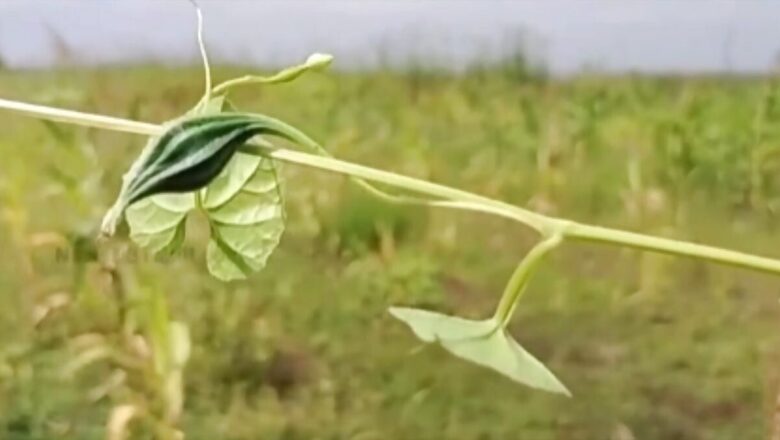
views
A Virudhunagar-based farmer in Tamil Nadu has achieved success by cultivating athalakkai and distributing it to different regions. Hailing from Sengunrapuram in Virudhunagar district, Chattavu is a farmer known for organic vegetable cultivation. Presently, he is engaged in cultivating athalakkai separately in Virudhunagar.
The fruit known as Athalakkai, though unfamiliar to some, holds recognition among the residents of the southern district. Resembling a cantaloupe in size, this fruit belongs to the cantaloupe family and shares medicinal properties with it. Well-suited for the Barisal soil of Virudhunagar, this fruit thrives in the region due to its favourable climate.
Despite its potential, Athalakkai is not extensively cultivated. The pods are harvested from these locations and subsequently sold in local markets. It is traditionally used for addressing diabetes mellitus, rheumatism, ulcers, skin diseases, and diarrhoea.
Currently, the farmer is cultivating the same athalakkai on his agricultural land and distributing it to various locations, including Bangalore, Coimbatore, and Chennai. According to Chattavu, the fruit is known for its delicious and nutritious qualities.
People who have tried cooking it once continue to purchase it. With low maintenance and high yield, the pods can be harvested, resulting in a profitable venture at a low cost. Chatavu mentioned a profit of Rs 35,000 from the last cultivation.
Athalakkai, known for its minimal water requirements, finds its typical cultivation in grasslands. A one-time sowing of seeds, coupled with the application of natural fertilizers, can yield significant results within a three-month timeframe, proving to be a lucrative attempt for farmers.
While this vegetable thrives in most southern districts of Tamil Nadu, it remains relatively unpopular among locals due to its limited availability in the market. The vegetable is generally available during the rainy and winter seasons, spanning from October to January. During this period, it grows naturally without requiring cultivation and subsequently dries after January. The tuber root (Kilangu) remains dormant in the soil until the next season, utilizing water passed to other cultivated plants for sustenance.


















Comments
0 comment